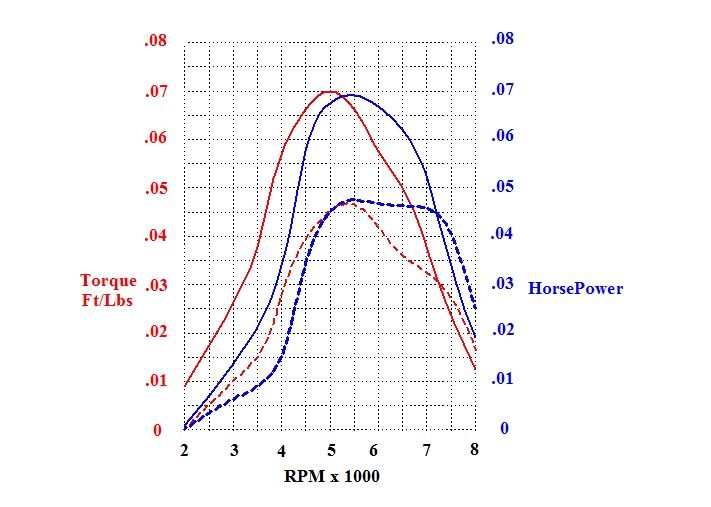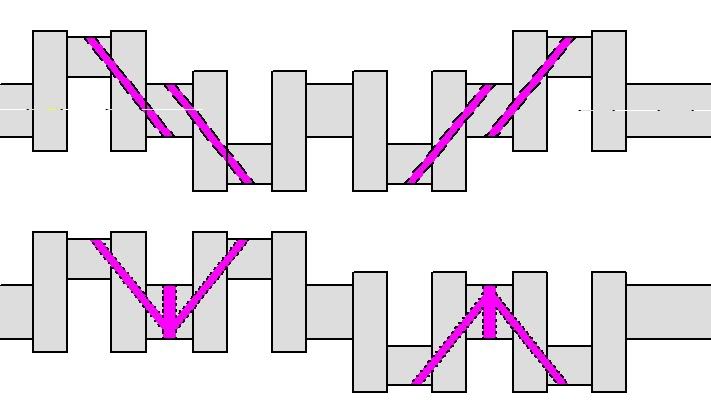- Joined
- Jan 19, 2010
- Messages
- 1,193
- Reaction score
- 41
I guess I should refine my methods a little bit.
?So when I chart the torque an HP they should intersect at 5252 no matter what?
and If they don't?
Its only numbers, how hard can this be ;D
What can I do to the prony brake to make it better?
The valve seats are actually brass, but the problem is with the valves.
When I made the valves they got very thin on the seat end, and after repeated use the valves themselves have been hammered into a smaller diameter. I just have not replaced them since they are still sealing good. But it is far from ideal to say the least.
Kel
?So when I chart the torque an HP they should intersect at 5252 no matter what?
and If they don't?
Its only numbers, how hard can this be ;D
What can I do to the prony brake to make it better?
The valve seats are actually brass, but the problem is with the valves.
When I made the valves they got very thin on the seat end, and after repeated use the valves themselves have been hammered into a smaller diameter. I just have not replaced them since they are still sealing good. But it is far from ideal to say the least.
Kel

























































